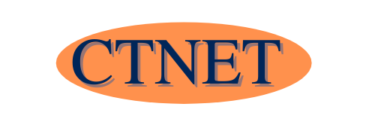It has been two or so years since I wrote my first review of Obsidian. I wouldn’t have written the original review now, as Obsidian was still in beta development.
I needed to write a new review of Obsidian. That came out of beta this year and has undergone many changes since I wrote my original review. Keep reading to learn more about Obsidian and why I think it is one of the best personal knowledge management applications I have tried, and most importantly, if Obsidian is a note and personal management application for you.
How much does Obsidian cost
Obsidian is free for personal use, giving you access to all plugins and the API. You can, if you desire, look to pay a one of a minimum fee of $25, which gives access to insider builds.
Obsidian also offers a couple of add-on services. The first is Sync which allows the synchronisation of your vaults. Publish will enable you to publish selected notes on the web. Full details can be found on the Obsidian pricing page.
Storing of notes in Obsidian
Notes created in Obsidian are stored in what Obsidian calls a vault, and the vault location is specified during the setup process. You can learn more about Obsidian vaults in our guide.
Each note is saved in its own file. The content is plain text and is stored in a format known as Markdown, which, when processed by Obsidian, allows the text to be displayed in different formats. Markdown is a popular standard within the note-taking and personal knowledge management space. You can learn more about Markdown in our guide.
The fact that the notes are stored locally and in an industry-standard format means they can be easily moved to a similar application. Or if all else failed can be opened by a text editor such as Notepad on Windows and still be read. Of course, it is down to you to ensure your notes remain safe by following a backup routine.

Ease of use
Obsidian can sometimes be challenging to use due to its open-ended design and versatility. But after saying that, I think it’s easier to learn than some of its competitors, such as Notion. If you start slowly and use Obsidian to create your knowledge management system.
The complexity of Obsidian is due to its flexibility and lack of structure. This is both the application’s strength and weakness.
Obsidian, due to the adaptability of its built-in templates and the templates created by the wider Obsidian community, ensures Obsidian will grow with your requirements. These templates can change Obsidian functionality, increasing confusion.
A wide range of helpful Obsidian resources is available here on CTNET and across the wider Internet.
Who should consider using Obsidian?
Obsidian is for anyone serious about managing their notes and knowledge, especially those of us who see notes growing in a natural, almost organic way, and it is perfect for anyone looking to develop a Zettelkasten.
-
Note taking
-
Productivity tool
-
Find & Retrival of Information
Summary
Obsidian supports everything I expect to see in personal knowledge management and note-taking applications. Folders, tags and backlinks
